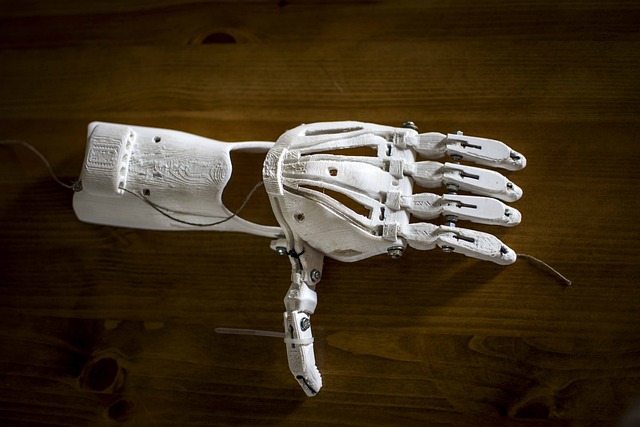The Rise of Adaptive Robotics
In a world where change is the only constant, businesses must embrace evolution to stay competitive. Adaptive robotics is at the forefront of this transformation, promising to revolutionize how organizations operate by integrating seamlessly with artificial intelligence (AI) and automation. Imagine a workforce that can learn and adapt in real-time, responding to new challenges as they arise. This is not just a futuristic vision; it is rapidly becoming a reality.
The Synergy of Robotics and AI
At the heart of adaptive robotics lies its capacity to function not just as tools, but as intelligent companions in the workplace. These robots are not previously programmed machines; they possess the ability to learn from their environment and enhance their performance over time. By leveraging artificial intelligence, adaptive robots can analyze vast amounts of data, identify trends, and make informed decisions autonomously. This capability opens new avenues for efficiency, precision, and innovation in various industries.
Transforming Automation in Business
The integration of adaptive robotics in business processes marks a paradigm shift in automation. Gone are the days of rigid systems that lack the flexibility to respond to changing demands. With adaptive robotics, businesses can achieve unprecedented levels of customization in their operations. For instance, in manufacturing, these advanced systems can adjust their tasks based on real-time feedback, enabling a more agile production line that can cater to fluctuating market needs.
Navigating Challenges with Agility
One of the most significant advantages of adaptive robotics is their ability to navigate challenges with agility. When faced with unexpected disruptions—be it supply chain issues or market fluctuations—adaptive robots can quickly recalibrate and optimize workflows. By fostering resilience within business operations, these robots not only enhance productivity but also mitigate risks associated with traditional automation methods.
Building a Future-Ready Workforce
The integration of adaptive robotics in the workplace isn’t about replacing human workers; it’s about enhancing their potential. By taking over repetitive and labor-intensive tasks, these robots allow individuals to focus on higher-level responsibilities that require critical thinking and creativity. This shift not only increases job satisfaction but also prepares the workforce for the future, where collaboration with intelligent machines becomes the norm.
Conclusion: Embracing Change for Growth
As we continue to witness the evolution of adaptive robotics, it’s essential for businesses to embrace this change. The landscape of work is transforming, and organizations must adapt to leverage the benefits that come with this technological advancement. By doing so, they can pave the way for a smarter, more efficient, and agile future—one where innovation flourishes in tandem with human capabilities.




